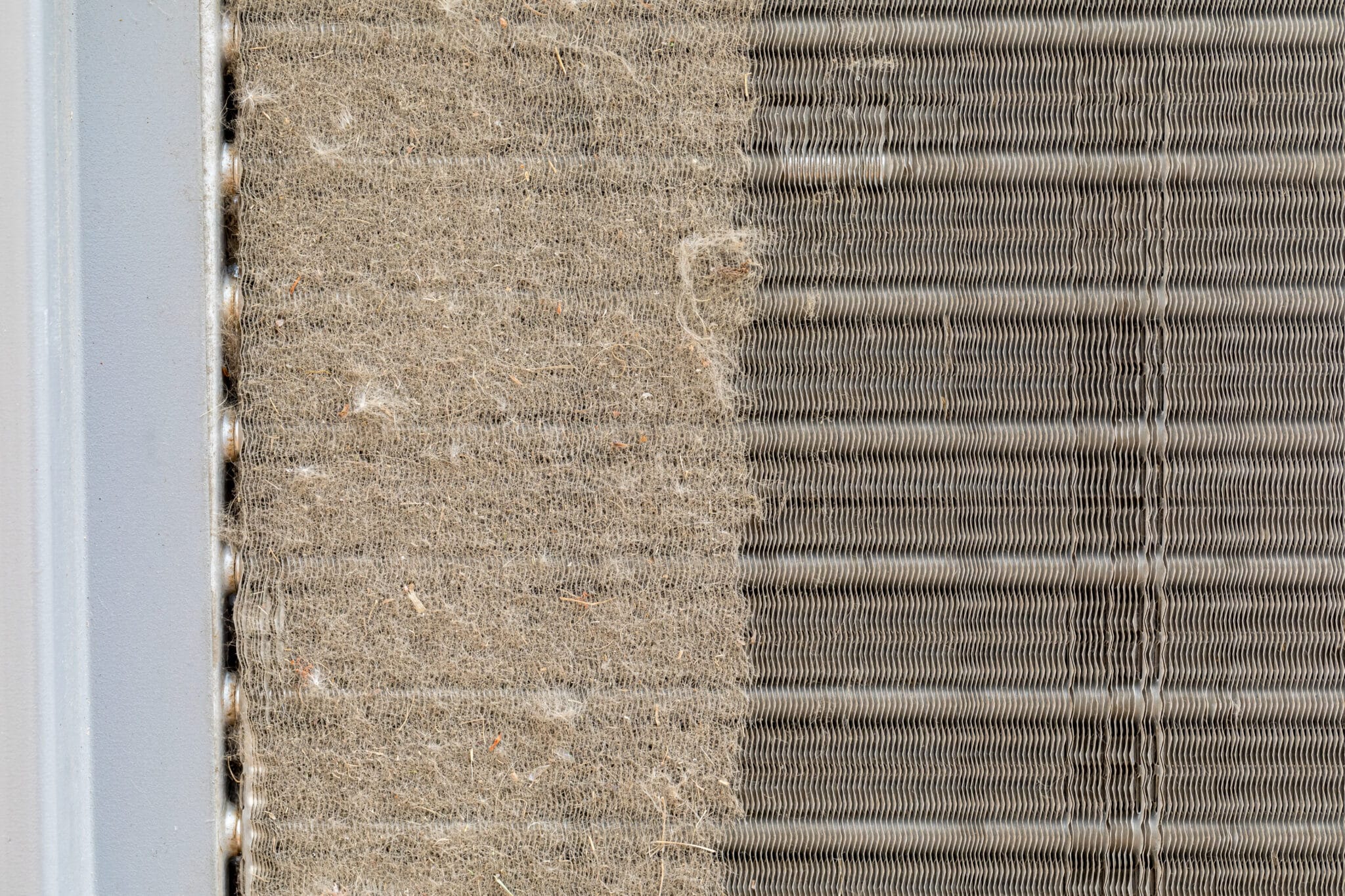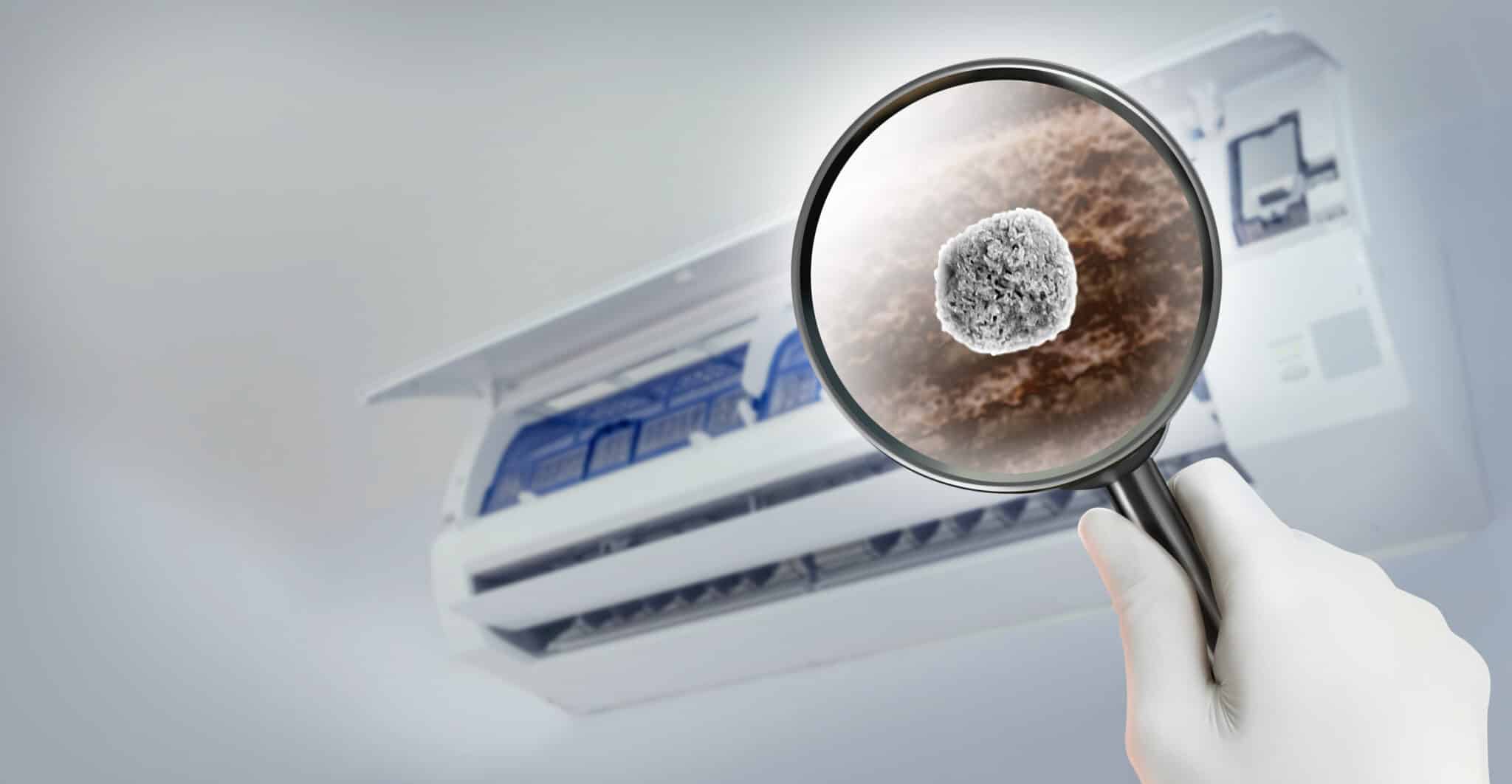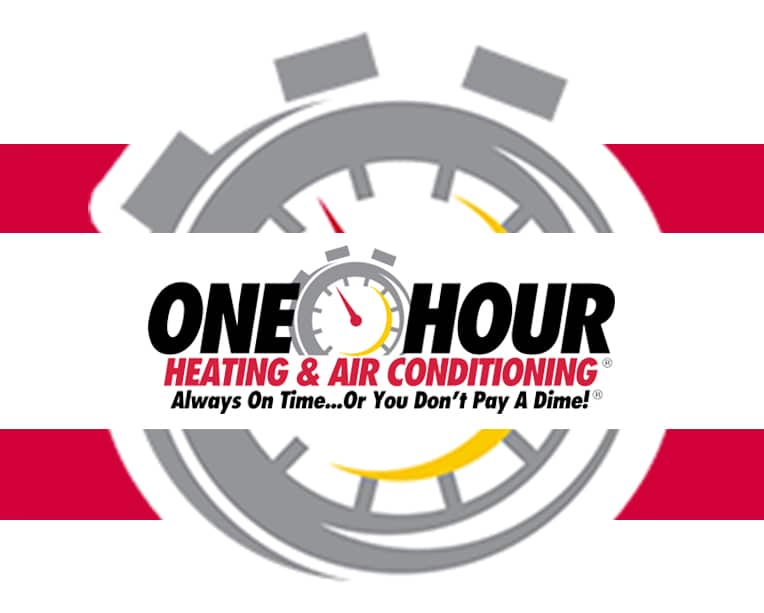Air quality has a big impact on seasonal allergies because of pollutants like pollen, dust, and ozone. Bad air can make breathing problems worse, especially during high-pollution times or in stuffy indoor spaces. Keeping an eye on local air quality and improving indoor air can help cut down exposure to allergens.
How Air Quality Affects Your Health
Did you know the air you breathe might be causing your seasonal allergies?
Whether you’re outside or in your own home, dirty air can make allergy symptoms worse.
And it’s not just about sneezing—it can lead to serious health problems.
Poor air quality has been linked to serious health concerns, including lung disease, heart problems, and memory loss.
If your allergies keep getting worse, it might be time to rethink the air around you.
Outdoor air pollution, like car fumes, factory emissions, and natural sources, creates hidden dangers such as ground-level ozone.
In cities like San Diego, warm weather can exacerbate the issue.
Reactions between VOCs (volatile organic compounds) and man-made pollutants can elevate ozone levels significantly.
But what’s surprising is that indoor air can sometimes be more hazardous than outdoor air.
Pollutants from wood stoves, heaters, and VOCs in everyday materials can build up, reducing your home’s air quality.
These contaminants can irritate your lungs and worsen allergies over time.
That’s why maintaining healthy air quality, both indoors and outdoors, is so essential in areas like San Diego, CA.

How Air Quality Affects Seasonal Allergies
Declining air quality makes allergies worse—there’s no denying it.
Pollutants like dust, ozone, and VOCs (from things like cleaners and car fumes) irritate your immune system.
This can lead to sneezing, coughing, watery eyes, or even serious breathing problems.
Air pollution doesn’t tiptoe into your life—it crashes in and messes everything up.
In San Diego, CA, the warm weather and seaside location can exacerbate allergy symptoms.
Seasonal haze, caused by VOCs from human activity and natural sources, reacts with sunlight to increase ground-level ozone.
This ozone can be especially tough on individuals with allergies.
Combine that with pollen, dust, and vehicle emissions, and it creates a challenging environment for allergy sufferers.
These conditions can worsen during heatwaves or periods of stagnant air, trapping pollutants like a “pollution sandwich.”
Indoor environments can pose issues if HVAC systems aren’t properly maintained.
Studies show that indoor spaces can often contain more pollutants than the air outdoors, due to factors like cleaning products, mold, and pet dander.
Regular maintenance and cleaning of HVAC systems can significantly improve air quality and prevent consistent allergy flare-ups.
The first step to protecting yourself is understanding these triggers and taking steps to ensure cleaner, healthier air in your home.
Seasonal Changes in San Diego’s Air Quality
Air quality in San Diego shifts with the seasons, and some times of the year are worse for pollution.
In summer, ground-level ozone levels go up because warm weather and strong sunlight trigger chemical reactions between pollutants like nitrous oxides and VOCs (volatile organic compounds).
This ozone, along with seasonal haze from both natural and human sources, can make life hard for people with allergies.
Winter, on the other hand, often brings more particulate matter into the air, especially due to wildfires that are common in Southern California’s dry climate.
Tiny particles like soot and ash can hang in the air for days, causing symptoms such as coughing, sneezing, and itchy eyes.
San Diego’s location by the coast also plays a role.
Ocean breezes sometimes blow pollutants away, but during the fall and winter, temperature inversions are common.
These inversions trap pollutants near the ground, keeping allergens and irritants close, which can make it tough for those sensitive to bad air.
Knowing how air quality shifts through the year can help residents in San Diego, CA, get ready for poor air days and take steps to protect their health.
Outdoor vs. Indoor Air Quality: What You Should Know
Both outdoor and indoor air affect your health, but the sources of pollution are very different—especially in cities like San Diego, CA.
Outside, pollution often originates from cars, factories, and even wildfires.
Common pollutants include dust (PM2.5 and PM10), nitrogen oxides, and ozone.
These issues can worsen allergies and respiratory problems.
Indoors, pollution sources include dust, mold, and chemicals referred to as VOCs, which are emitted by everyday items like cleaning products, furniture, and air fresheners.
Pets can contribute as well.
When ventilation is poor or contaminant sources are abundant, indoor air can sometimes pose greater risks than outdoor air.
In San Diego, air quality outdoors may suffer during warmer months when haze forms due to VOC reactions.
However, indoor air is equally important to monitor since we spend the most significant portion of our time inside.
Prioritizing better ventilation, installing air purification systems, and consulting experts can promote cleaner, healthier air.
Spotting Signs of Air Quality-Related Allergies
Seasonal allergies stemming from poor air quality may resemble typical allergy symptoms but can bring additional challenges.
Frequent sneezing, a runny nose, and itchy, red eyes are common indicators.
If these symptoms worsen indoors or during certain weather conditions in San Diego, CA, your surroundings might be the culprit.
Low air cleanliness increases exposure to dust, mold, and pollutants in the atmosphere.
These can trigger a lingering cough, throat irritation, or even shortness of breath—symptoms that may mimic respiratory infections.
For individuals with asthma or bronchitis, compromised indoor or outdoor air can exacerbate their condition.
More serious signs, such as chest tightness, wheezing, or ongoing fatigue, could point to harmful levels of airborne irritants or allergens.
San Diego’s sunny climate, along with warm spells, can contribute to higher levels of haze and ground-level ozone, worsening allergy-related problems.
Recognizing these signs early is crucial for maintaining good health.
If your symptoms persist despite your efforts, seek a professional evaluation of your indoor air quality.
Addressing air issues at home with experts like One Hour Heating & Air Conditioning of San Diego can significantly improve your well-being.
Tips to Monitor and Track Air Quality in San Diego, CA
Keeping an eye on environmental conditions in San Diego, CA, is easier than you think, thanks to modern tools.
Start by using reliable Air Quality Index (AQI) apps like AirNow or the EPA’s AQI app. These apps provide real-time updates, breaking conditions into simple categories like “Good,” “Moderate,” or “Unhealthy.” With these tools, you can plan outdoor activities more safely, especially during hazy summer days when pollution levels rise.
Many of these apps also have real-time pollution maps. These maps show pollution levels by neighborhood, helping you spot problem areas near busy roads or industrial zones. You can even sign up for AQI alerts to stay informed about sudden changes in conditions, so you can protect yourself by avoiding exposure when needed.
Don’t forget, that maintaining healthy air isn’t just an outdoor issue.
Use these tools alongside indoor measures, like maintaining your HVAC system with professional services from One Hour Heating & Air Conditioning of San Diego, to ensure you’re breathing clean air at home.
This can help prevent allergies and protect your overall health.
Easy Ways to Improve Air Quality at Home
Keeping the air in your home clean is important, especially if allergies are bothering you.
Thankfully, improving indoor air doesn’t have to be hard.
One of the easiest ways is to get an air purifier.
These devices remove tiny particles like dust, pet hair, and pollen that can trigger allergies.
For the best results, opt for a purifier that includes a HEPA filter, which is designed to trap tiny particles effectively.
Good airflow is important, too.
Stale air inside can collect pollutants, so ventilating your home properly helps.
Open windows or use fans in your kitchen and bathroom to let fresh air in.
If you’re living in San Diego, CA, it’s a good idea to check outdoor conditions before opening windows to ensure you’re allowing in clean air.
Don’t forget your HVAC system.
It plays a big role in maintaining a healthier home environment.
Regular maintenance, like changing air filters every 1–3 months, is essential for optimal performance.
Contact professionals like One Hour Heating & Air Conditioning of San Diego to keep your HVAC system running efficiently.
A little upkeep goes a long way!
How Your HVAC System Can Help with Seasonal Allergies
Your HVAC system is the quiet hero of your home when it comes to handling allergens in the air.
From filters to ducts, it helps keep your indoor air cleaner and healthier, especially during allergy season.
Special air filters like HEPA or electrostatic filters trap allergens like pollen, dust mites, and mold spores, keeping them out of the air you breathe.
Switching to better filters or replacing them on time can go a long way in easing allergy symptoms.
Cleaning your ducts is another key step.
Over time, dust, pet hair, and other irritants build up in the HVAC ducts.
Every time your system runs, these allergens spread through the air.
Regular duct cleaning lowers this buildup and helps improve the air you breathe.
Upgrading to a modern, energy-efficient HVAC system with built-in air-cleaning tech can make a big difference.
These advanced systems not only keep your home at the right temperature but also minimize pollutants and control humidity, which helps prevent mold growth.
If you’re concerned about air quality in San Diego, CA, reach out to One Hour Heating & Air Conditioning of San Diego.
Their team can help ensure your HVAC system is working effectively to improve your air and make your home more comfortable!
Local Efforts to Improve Air Quality in San Diego, CA
San Diego is committed to combating air pollution and fostering a cleaner environment.
Efforts focus on reducing emissions from vehicles, factories, and homes through educational outreach and local programs that promote sustainable practices.
To address these concerns, the city works alongside statewide initiatives to expand the use of renewable energy and cut down on smog and particulates—factors that can aggravate allergies.
Within homes, residents can improve indoor air by maintaining HVAC systems and utilizing products that limit the release of harmful chemicals.
The Air Quality Index (AQI) is a valuable tool for tracking real-time conditions, enabling residents to take precautions on days when air quality in San Diego may be less than ideal.
Professional indoor air solutions, offered by companies like One Hour Heating & Air Conditioning of San Diego, complement these community efforts, contributing significantly to healthier, cleaner air for all.
How to Stay Safe on High-Pollution Days
High-pollution days in San Diego, CA can quietly harm your health.
Protect yourself by limiting time outside.
Cut back on outdoor activities during peak pollution hours, usually in the late afternoon when ozone levels are at their worst.
If you need to go outside, wear a good mask like an N95 to block harmful particles.
Try working out indoors instead of jogging at the park or beach.
Indoors, make sure you have clean air to breathe.
Keep your HVAC system in good shape by changing filters often to trap dust, pollen, and mold.
Adding an air purifier with a HEPA filter can help remove more irritants from the air.
Keep windows shut on bad days to prevent polluted air from coming in.
Stay informed using real-time air quality apps to track AQI levels.
By staying up-to-date and taking simple steps, you can get through high-pollution days while staying healthy.
If you need HVAC help, One Hour Heating & Air Conditioning of San Diego is here to keep your indoor air clean and safe.
Red Flags: When to Call a Pro
Do you notice a musty smell in your home?
Are you sneezing indoors more than usual?
These could be signs of poor indoor air quality that may need a pro’s help.
Other signs include visible mold, too much dust, or unexplained breathing problems in your household.
If your HVAC system hasn’t been checked in over a year, dirty filters or clogged ducts might be contributing to the issue.
Another sign to watch for is uneven heating or cooling.
This could mean blocked ducts or a neglected system, both of which lower air quality.
San Diego’s climate can also make things worse.
Seasonal pollen and outdoor pollution can sneak into your home, especially if your ventilation isn’t up to par.
If you suspect that furniture or cleaning products are contributing to indoor air problems due to VOCs (volatile organic compounds), a pro can evaluate the situation and recommend solutions.
The team at One Hour Heating & Air Conditioning of San Diego provides services such as duct cleaning, assessments to improve air quality, and filter upgrades to address these challenges effectively.
Don’t wait—your health and comfort matter.
Calling a pro ensures the right solution tailored to your home, so you can breathe easy.
Looking at the Big Picture: Air Quality and Health
Bad air isn’t just about making your allergies worse—it can seriously harm your health over time.
Breathing polluted air has been linked to problems like chronic breathing issues, heart disease, and even memory loss.
Over the years, this damage can add up, making you more at risk for severe illnesses like lung cancer or strokes.
What’s behind this? Things like fine particles (PM2.5) and ground-level ozone are often to blame.
These tiny particles can get deep into your lungs and blood, causing inflammation and stress in your body.
Over time, this damage spreads, affecting your lungs, heart, and more.
In San Diego, CA, pollution and weather patterns frequently play a role in determining overall air conditions.
Indoor air can also pose significant risks.
Fumes from cleaning sprays, furniture, or heating systems release VOCs (volatile organic compounds), which can quietly harm your health over the long term.
Improving air quality involves expert solutions, such as upgrading your HVAC system with the latest air filtration technology.
Trusting professionals like One Hour Heating & Air Conditioning of San Diego ensures that you’re taking a comprehensive approach to combating these unseen risks.
Cleaner air isn’t just about easier breathing—it’s about protecting your health for the future.

FAQs
What is air quality, and why does it matter for my health?
Air quality refers to how clean or polluted the air is. Poor air can worsen allergies, cause breathing difficulties, and increase the risk of conditions like asthma or heart disease.
Does San Diego, CA, have air quality problems?
Yes, San Diego experiences challenges with air cleanliness due to city pollution, vehicle emissions, and seasonal haze. Hot weather can exacerbate ozone levels, which often irritate individuals with allergies.
How can I check the air quality where I live?
You can use free tools like AQI apps or live air monitoring maps. These resources provide localized updates, including for areas like San Diego, CA.
Can my HVAC system improve indoor air quality?
Yes, it can. A properly maintained HVAC system with clean filters and ducts reduces pollutants such as dust, mold, and pollen, helping improve the air you breathe indoors.
When should I call a pro to check my air quality?
If you experience severe allergy symptoms, detect unusual odors, or notice mold or dust accumulation, consult a professional. Experts like One Hour Heating & Air Conditioning of San Diego can provide air quality inspections and maintenance services.



















